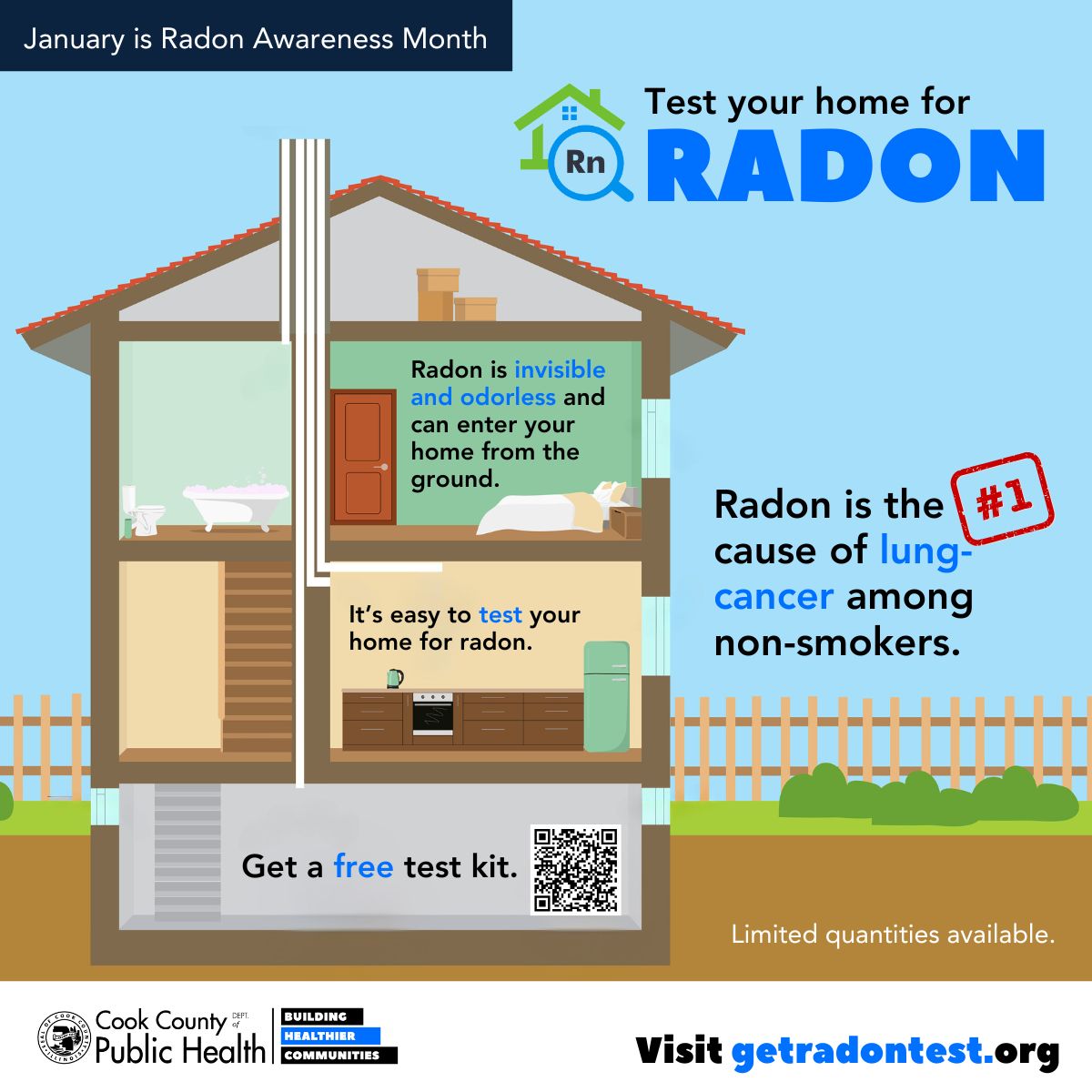Radon is a naturally occurring radioactive gas that can cause lung cancer.
You can’t see or smell radon. Testing is the only way to know your level of exposure. Radon can have a big impact on your health and indoor air quality. All homes should be tested for radon.
Radon gas can enter your home from the ground. Radon forms when uranium in soil, rock, or water breaks down over time. Since radon is invisible and odorless, it can seep into your home without you noticing.
Here’s how it typically happens:
- Cracks in the foundation: Radon gas can move up through tiny cracks in the concrete foundation or basement floor.
- Openings around pipes and cables: Gaps where pipes, cables, or utility lines enter the house can provide an entry point for radon.
- Construction joints: Spaces between walls and floors can allow radon to enter.
- Crawl spaces and uncovered soil: Homes with dirt floors or open crawl spaces can have radon gas seep directly from the ground.
Once inside, radon can accumulate, especially in lower levels like basements, and may pose a health risk over time if not addressed. Testing your home for radon is the only way to know if levels are high.
More information about radon can be found at Radon | US EPA .
CCDPH has easy to use test kits available free of charge. You can request a test kit online.


